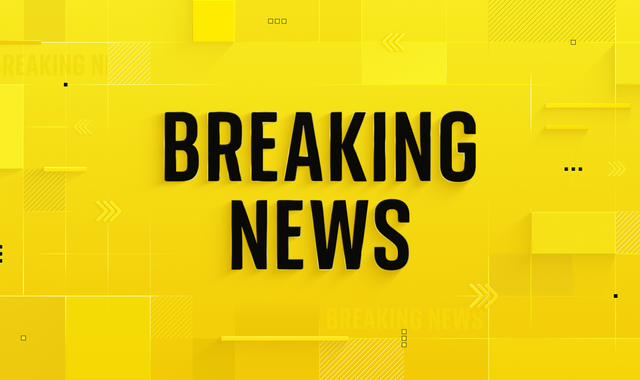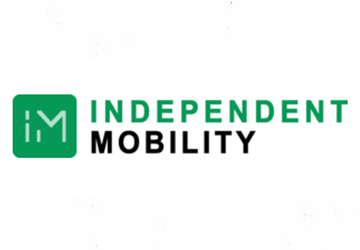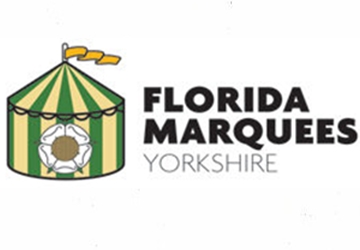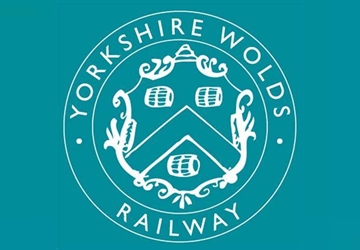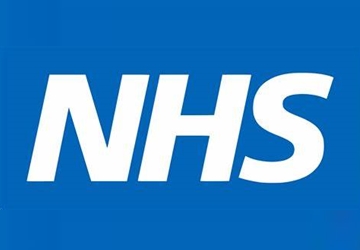Official figures show the cost of public services and interest payments on government debt are rising faster than the increases in income tax and national insurance contributions.
It means government borrowing reached the second-highest level last month since records began in 1993, according to the data from the Office for National Statistics.
June’s borrowing figures were second only to the highs seen in the early days of the COVID-19 pandemic in 2020, when many workers were furloughed.
State borrowing was more than £6bn higher than the same month last year.
It’s bad news for Chancellor Rachel Reeves, who has vowed to bring down government debt and balance the budget by 2030 as part of her self-imposed fiscal rules.
She’s expected to increase taxes to meet the gap between spending and tax revenue.
Ms Reeves’s deputy, the chief secretary to the Treasury, Darren Jones, said, “We are committed to tough fiscal rules, so we do not borrow for day-to-day spending and get debt down as a share of our economy.”
“This commitment to economic stability means we can get on with investing in Britain’s renewal”.
This breaking news story is being updated and more details will be published shortly.
Please refresh the page for the fullest version.
You can receive breaking news alerts on a smartphone or tablet via the Sky News app. You can also follow us on WhatsApp and subscribe to our YouTube channel to keep up with the latest news.

